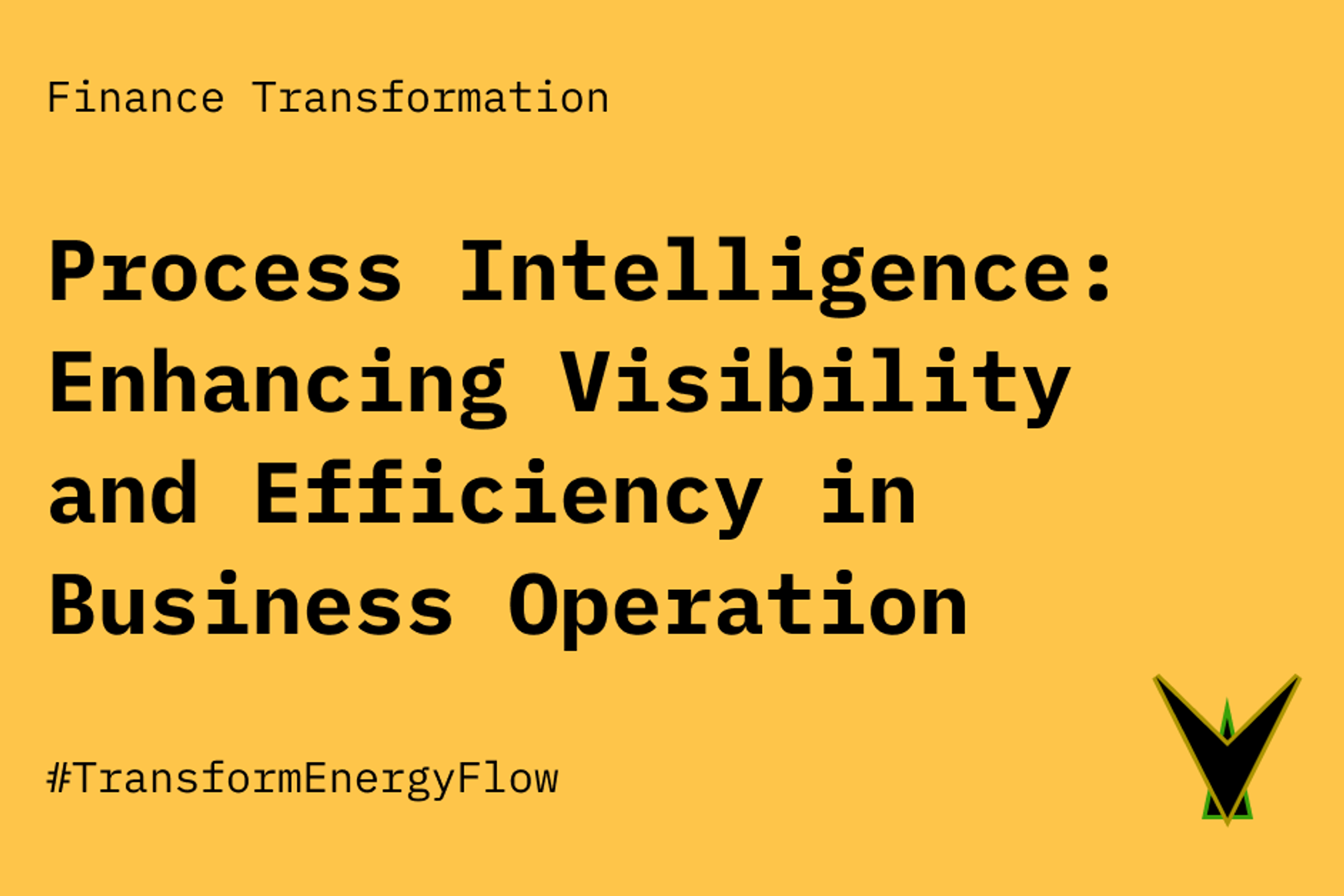Thursday, May 22, 2025
Process Intelligence: Enhancing Visibility and Efficiency in Business Operation


A fundamental challenge for businesses today is the lack of clear visibility into their operational processes. Many organizations struggle to understand how work is truly performed, leading to inefficiencies and hindering efforts to implement meaningful improvements. Employees often lack the necessary information to execute their tasks effectively, resulting in poor forecasting abilities, a lack of clear direction, and fragmented, inconsistent processes that disrupt workflow and reduce overall productivity. Frequent miscommunication about tasks, deadlines, and responsibilities serves as a strong indicator of lacking process transparency. When different teams or departments handle the same tasks in varying ways, it leads to inconsistent outcomes, affecting the quality of products or services. Furthermore, organizations find it difficult to track progress without transparent processes, and decision-making is often delayed due to the absence of accurate, up-to-date information. Embracing transparency can be hindered by a fear of negative perception, a lack of adequate infrastructure for data collection and sharing, and cultural resistance within the organization. The complexity of information, particularly in specialized industries, can also pose a barrier to achieving clear transparency.
The consequences of these challenges are significant. Research indicates that businesses can lose up to 30% of their revenue due to inefficient workflows. Employees spend nearly 20% of their time on “searching and gathering information,” highlighting a massive loss in productivity. The cost of human error, often exacerbated by manual and opaque processes, is estimated to be $37 billion annually in the U.S. alone. Organizations with highly inefficient workflows also experience higher employee turnover, adding to recruitment and training expenses. Conversely, companies that implement streamlined workflow automation can achieve a 55% faster project turnaround time, demonstrating the tangible benefits of addressing process inefficiencies.
Process mining and intelligence tools have emerged as powerful solutions to provide the necessary visibility into business operations. Process mining utilizes transaction event data to map actual processes and identify opportunities for transformation. Process intelligence analyzes multiple processes to deliver a digital process model of operations, enabling the identification of deviations and their root causes. These tools ingest data from various systems, visualize processes, and measure key performance metrics, offering a data-driven approach to process improvement. By creating a visual model of how processes work, process intelligence helps identify bottlenecks and dysfunctional areas, regardless of the complexity of the operations. This capability allows businesses to sift through their processes, prioritize areas for automation, and ultimately enhance decision-making by providing a clear understanding of where inefficiencies lie.
Arfiti's 'Process Intelligence' features are specifically designed to counter these identified challenges. The platform provides transparency on cost drivers, directly addressing the need to understand the financial implications of inefficient processes. By tracking technology usage, Arfiti helps identify underutilized or redundant tools, mitigating inefficiencies in the technology stack. The efficiency and performance analysis features directly tackle the issues of wasted productivity and slow project delivery. A key differentiator of Arfiti's 'Process Intelligence' is its capability to track the actual real-time employees are spending on executing each step of the process, as opposed to just end-to-end time tracked by traditional process mining tools. This granular level of insight allows for a more precise understanding of where time and effort are being spent, highlighting specific tasks or bottlenecks related to human activity rather than just system-level delays. This detailed breakdown enables businesses to pinpoint tasks consuming excessive time, indicating potential areas for targeted training, automation, or process redesign focused on human involvement, leading to more effective and impactful process improvements.